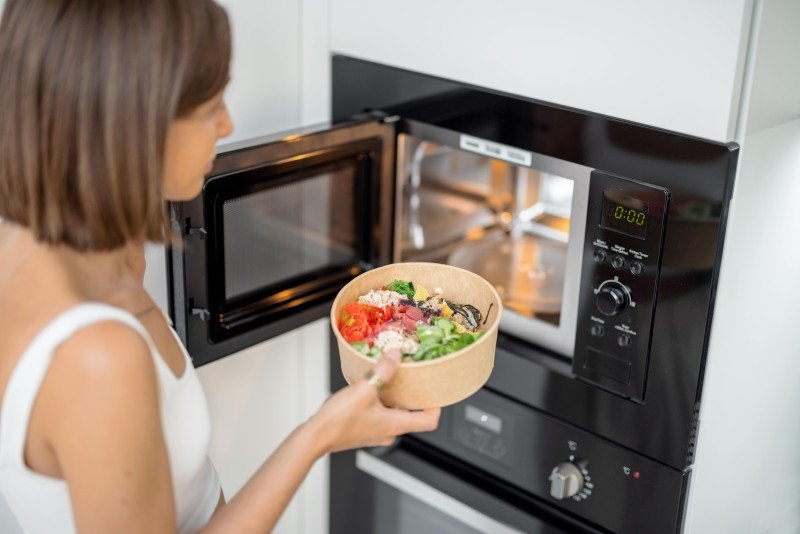Understanding Cooker Hobs and Ovens: A Comprehensive Guide
In modern kitchens, cooker hobs and ovens are essential home appliances that define cooking practices and choices. Choosing the ideal mix of these devices can substantially enhance culinary experience, enhance efficiency, and even raise home aesthetics. This article will check out numerous elements of cooker hobs and ovens, shedding light on types, features, benefits, and maintenance tips, while likewise addressing common queries.
Kinds Of Cooker Hobs
Cooker hobs are available in different types, each with unique functions dealing with different cooking designs. Here's a summary of the most common types:
| Type | Description | Pros | Cons |
|---|---|---|---|
| Gas Hob | Utilizes burner for heating; offers instant temperature control. | Immediate heat and excellent control. | Needs a gas connection; may be less safe. |
| Electric Hob | Runs using electric coils or smooth surface area; warms up gradually. | Even heat circulation; easy to clean. | Takes longer to warm up; less control. |
| Induction Hob | Uses electromagnetic fields to heat pots directly, making it energy efficient. | Quick cooking; energy-efficient. | Requires suitable pots and pans; more pricey. |
| Halogen Hob | Uses halogen bulbs for instant heat; provides instant temperature adjustment. | Exceptionally fast heating; visible heat. | Consumes more power; may not uniformly heat. |
Selecting the Right Hob
When selecting a hob, think about the following elements:
- Cooking Style: Do you prefer the accuracy of gas, the convenience of electric, or the performance of induction?
- Pots and pans Compatibility: Ensure your pots and pans are compatible with the type of hob.
- Kitchen Layout: Space and design frequently dictate the sort of hob that suits your kitchen.
Types of Ovens
Similarly, ovens have progressed significantly, providing different cooking techniques that can match particular cooking designs. Here are the prevalent types of ovens:
| Type | Description | Pros | Cons |
|---|---|---|---|
| Traditional Oven | Standard baking oven that utilizes electric or gas heat from the top and bottom. | Versatile; helpful for baking. | Longer preheat and cooking times. |
| Stove | Utilizes a fan to distribute hot air, allowing even cooking and quicker baking times. Disperses heat evenly. | Faster cooking; even browning. | Slightly more costly; might dry food out. |
| Steam Oven | Cooks food utilizing steam, protecting nutrients and wetness. | Much healthier cooking; retains food flavor. | Takes longer to cook; more costly. |
| Microwave | Utilizes electromagnetic radiation to heat food quickly. | Instantaneous cooking; ideal for reheating. | Limited cooking approaches; may impact texture. |
Choosing the Perfect Oven
When picking an oven, keep these aspects in mind:
- Cooking Habits: Are you a regular baker or more likely to reheat leftovers?
- Area Requirements: What are the measurements of your kitchen?
- Budget plan: Consider not simply the purchase cost however also energy efficiency gradually.
The Importance of Cooker Hobs and Ovens in Cooking
The right mix of cooker hob and oven can improve culinary skills, permitting food lovers to experiment and develop a broad variety of meals. Here are a couple of reasons these appliances are vital:
- Efficiency: Modern hobs and ovens come with features that optimize cooking energy and times use.
- Versatility: Different cooking approaches (bake, grill, roast, steam, and so on) broaden the variety of dishes one can prepare.
- Visual Appeal: Stylish designs can elevate the total look of a kitchen, making it both practical and inviting.
Frequently Asked Questions (FAQs)
1. What upkeep do cooker hobs and ovens require?
- Regular cleaning after use to avoid buildup.
- Routine checks for gas leakages (for gas hobs).
- Making sure the electrical connections are safe and secure.
2. Can Electric Ovens Online utilize any cookware on an induction hob?
No, induction hobs need ferrous cookware (i.e., magnetic) to function. This indicates stainless steel and cast iron work, while glass and aluminum pots might not.
3. How do I figure out the best size oven for my kitchen?
Procedure your offered space and consider the volume of cooking you normally carry out. Requirement ovens range in size, and larger models generally have extra features.
4. Are convection ovens much better than traditional ovens?
It depends on individual choice. Convection ovens use faster and more even cooking however may not be ideal for all baking dishes, particularly those needing particular temperatures.
5. What is the average life expectancy of a cooking hob and oven?
With proper care, both hobs and ovens can last anywhere from 10 to 20 years, depending upon frequency of use and upkeep.
Picking the ideal cooker hob and oven not only improves the cooking procedure however can likewise redefine one's cooking experience. Understanding the different types, their advantages, and upkeep will empower consumers to make informed choices, guaranteeing that their kitchen is geared up to deal with meals from the most basic to the most elaborate. Knowledge about the capabilities of these necessary home appliances enables cooking imagination and effectiveness, ultimately resulting in a more pleasurable cooking journey.

